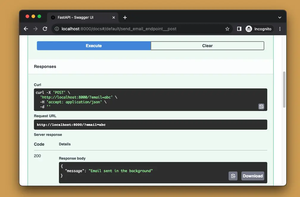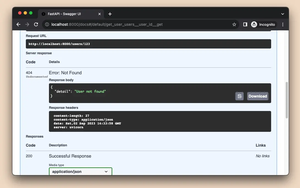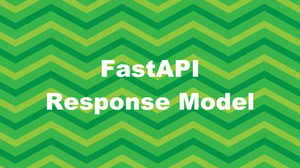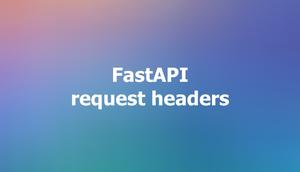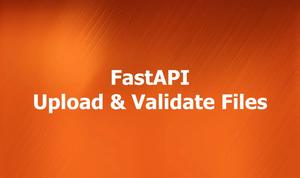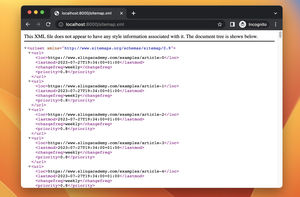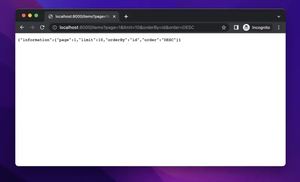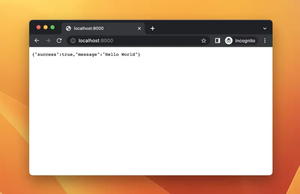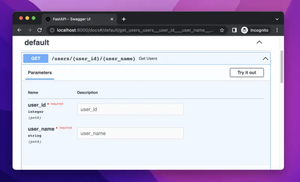Introduction
Encountering an ImportError stating ‘attempted relative import with no known parent package’ in a FastAPI project can be perplexing. This guide walks you through understanding the root causes and provides you with practical solutions to resolve the issue. Relative imports can behave unexpectedly, especially when one does not carefully consider the structure of their application or when the interpreter is invoked in ways that do not adhere to the intended package hierarchy.
Understanding the Error
This error message is characteristic of Python’s import system, which relies heavily upon the structure of files and directories to resolve module paths. When using relative imports, Python expects the files involved to be part of a package—a directory with an __init__.py file. If there is a mismatch in the directory structure or if execution context is incorrect, this error is thrown.
Solution 1: Refactor to Absolute Imports
Switching from relative to absolute imports is a common way to resolve parent package errors. In absolute import terms, the import statements explicitly reference the package directory, eliminating ambiguity.
The steps that you can follow:
- Identify the root of your package (where your main script is located).
- Replace relative import statements with explicit path imports starting from the package root.
- Verify all import statements are updated to use the absolute path.
- Run your FastAPI application to ensure the error is resolved.
Example:
# Assuming your FastAPI app is in the 'myapp' package
# Replace a relative import like this:
from .some_module import some_function
# With an absolute import like this:
from myapp.some_module import some_function
Advantages and limitations:
- Advantage: Reduces import path ambiguity and readability.
- Limitation: Can become verbose in a deeply nested package hierarchy.
Solution 2: Add __init__.py Files
Making sure every directory that should operate as a package contains an __init__.py file can fix issues relating to parent package identification.
Steps to implement:
- Go through your directory structure and identify all directories that are intended to be Python packages.
- Add an empty
__init__.pyfile if none exists in these directories. - After adding necessary
__init__.pyfiles, run your FastAPI application again.
Example:
# Structure before
myapp/
main.py
some_module.py
sub_package/
another_module.py
# Structure after
myapp/
__init__.py
main.py
some_module.py
sub_package/
__init__.py
another_module.py
Advantages and Limitations
- Advantage: Ensures Python treats directories as packages, facilitating relative imports.
- Limitation: Requires a correct package structure upfront to be fully effective.
Solution 3: Reconsider Invocation Method
How you run a Python script can affect how imports are resolved. Running a script as a module using -m can sometimes resolve package resolution issues.
Steps:
- Navigate to the directory above your main package.
- Instead of running the script directly, use
python -mfollowed by the package path without the.pyextension. - Check if the ImportError persists.
Code example:
# Instead of this:
python myapp/main.py
# Run your script like this:
python -m myapp.main
Advantages and Limitations:
- Advantage: Aligns the module structure with Python’s expectations for import resolution.
- Limitation: May require changes in how the development and deployment environments are set up.
Conclusion
By carefully examining your FastAPI project’s structure and import statements, along with adjusting the way you run your applications, you can resolve the ‘attempted relative import with no known parent package‘ error. Each proposed solution serves a possible scenario that could be the root of the problem, and understanding which suits your project best is critical. Adopt one or a combination of these solutions to get your FastAPI application back on track.
